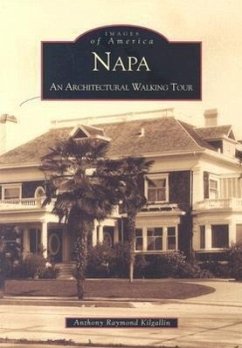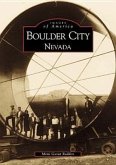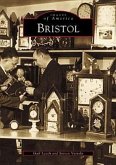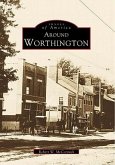Though world-famous for its miles of superior vineyards, Napa offers much more to the historian than its reputation as wine maker. Just an hour from San Francisco and Sacramento, the many towns of the Napa region are small enough to be walkable, friendly, and unique in design. The 240 images in this new book, with some photographs never before collected, demonstrate the architectural and historical diversity of this beautiful region, presented in walking-tour format. Through vintage photographs, the reader is pulled back in time to 1880 Napa, where a scant but diverse 4,000 residents reside. Of those people, only 163 were actually born in California, which accounts for the variety of architectural styles throughout the county. The multinational heritages of Irish, German, English, Canadian, Swiss, Scottish, French, Swedish, Mexican, Italian, and Chinese settlers are richly expressed through the architecture and landmarks of Napa's villages and towns. Captured here are the homes and structures that give the region its glow, including Napa's Churchill Manor, Greystone Winery in St. Helena, Magnolia Hotel in Yountville, and Stags Leap manor in the heart of the Stags Leap District.
Hinweis: Dieser Artikel kann nur an eine deutsche Lieferadresse ausgeliefert werden.
Hinweis: Dieser Artikel kann nur an eine deutsche Lieferadresse ausgeliefert werden.








